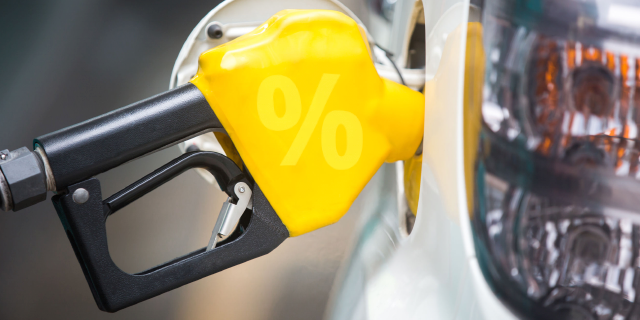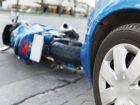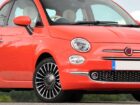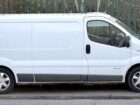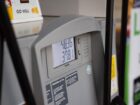The price of petrol and diesel at the pumps has hit an all-time high, with motorists paying on average £1.65 per litre of unleaded and £1.76 per litre of diesel fuel.
That sort of price increase can hit hard, especially at a time when energy bills are rising sharply and the cost of living is spiralling.
That’s only an average, too – some motorists are expected to shell out more than £2 per litre at some forecourts, especially if their car requires premium petrol or diesel.
These high fuel prices come after Russia’s invasion of Ukraine, which is expected to put strain on oil supplies from the country. Russia is the second-largest producer of oil in the world, but significant international sanctions and public pressure for retailers not to do business with a country they see as aggressors could lead to a drop in oil production.
Wholesale prices have stabilised recently, though even under the best-case scenario at the moment prices at the pumps are unlikely to dip below £1.60 per litre.
So what is there to be done? It’s easy to say you should buy an electric car, but changing your car to a more efficient one isn’t a viable solution for many people, but there are several ways you can improve the economy of your car to save fuel and spend less at the pumps. Keep reading and we’ll tell you which driving techniques save fuel.
Compare fuel prices
Shop around for the best deals. If you’ve got a large vehicle with a big tank, even a couple of pence per litre can start to add up – so use an app which compares fuel prices or simply keep an eye on your local news outlets, which often report on which outlets have the cheapest rates.

Drive less
It sounds simple (and perhaps a bit patronising) but you can’t use any fuel if you don’t drive your car. Short trips especially use a disproportionate amount of fuel – engines are at their least efficient in the first few minutes after starting up – so try walking or taking public transport if you’ve not got far to go.
Choose more efficient routes
On a long trip, the shortest distance between two points isn’t always the most efficient way. For example, most cars return their best fuel economy at steady speeds, so adding on a few miles by taking the motorway as far as possible could result in less fuel used overall.
Avoid busy routes that might have lots of stop/start traffic in favour of quieter roads where you can simply get on with it, and driving at quieter times of day can also help. And combining journeys has the potential to save you a lot. Consider a car-sharing scheme with people who live near you if you’re commuting into the office regularly.
Slow down
Shaving a few mph off your average speed won’t affect your journey time very much, but it could result in significantly better fuel economy. And sometimes you’ll even have a more relaxing journey as a result. Try doing 60-65mph on the motorway instead of 70mph and see just how much more efficient your car can be. Remember that the speed limit is put there for safety – it’s not a target, nor is it a requirement.
Use your car’s fuel-saving features
Most modern cars have fuel-saving devices that you might not be using to their fullest potential. A great example is automatic engine stop-start – this improves fuel efficiency by switching the engine off for you when you’re stopped, at traffic lights for example. Switch this on if you have it. Also consider making use of your car’s ‘eco’ mode, if it has selectable drive modes.
If you’ve got a hybrid car, check the owner’s manual for tips on how to make the most out of its electrical assistance. And if you’ve got a plug-in hybrid car, make sure you’re utilising your electric motor and battery as much as possible by charging up every time you get home. Even with rising energy costs, it’s cheaper than buying petrol.
Drive more efficiently
There are some tactics that on their own, don’t save a huge amount, but added up over time can really improve your car’s fuel efficiency. Driving smoothly is key – hard acceleration uses more fuel, and hard braking wastes momentum that you’ve expended fuel to build up. So use gentle movements, driving at a consistent speed wherever possible.
Use the highest gear you can without the engine labouring, and most importantly try and anticipate the road ahead – try to coast in gear where you can, and plan gearchanges in good time where you can’t.
Reduce the load
Removing unnecessary loads from your car can be a big help. Heavy items kept in the boot or rear seats can be the first to go, but also remove your roof bars if you can – they create a lot of wind resistance.
Having your windows open increases drag too, but air-conditioning puts load on the engine. The solution to keeping cool is to open your windows at slow speeds around town, but to close them and switch on the air-con when you’re going faster.

